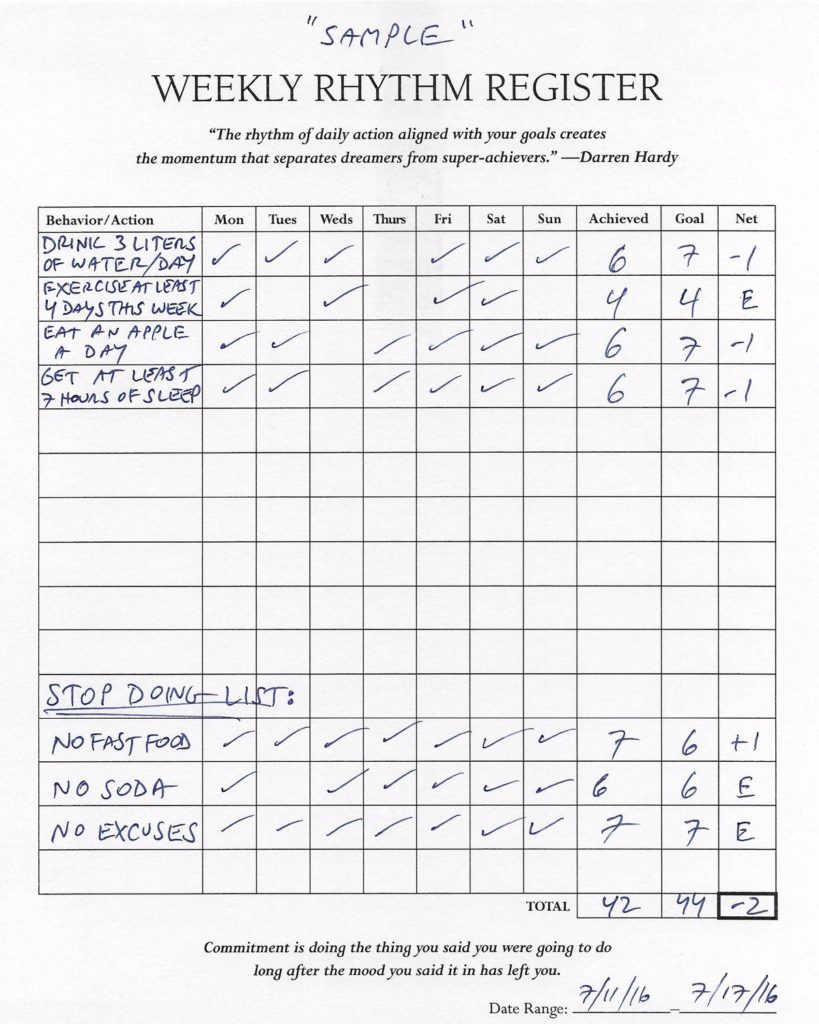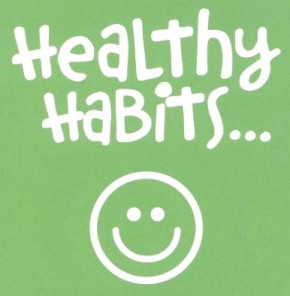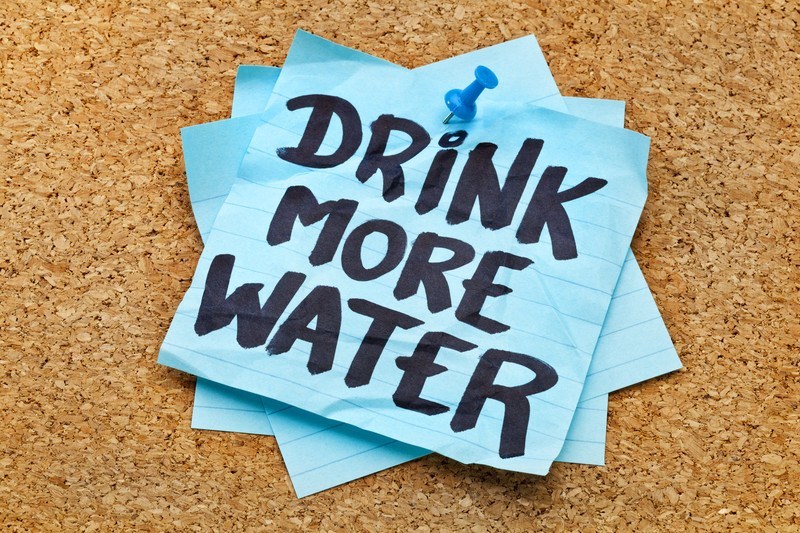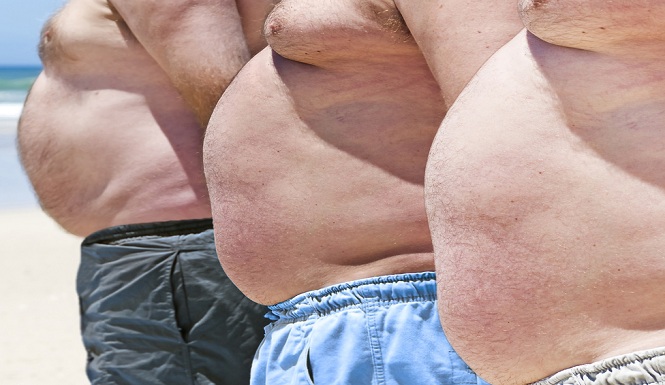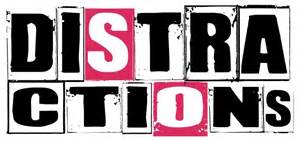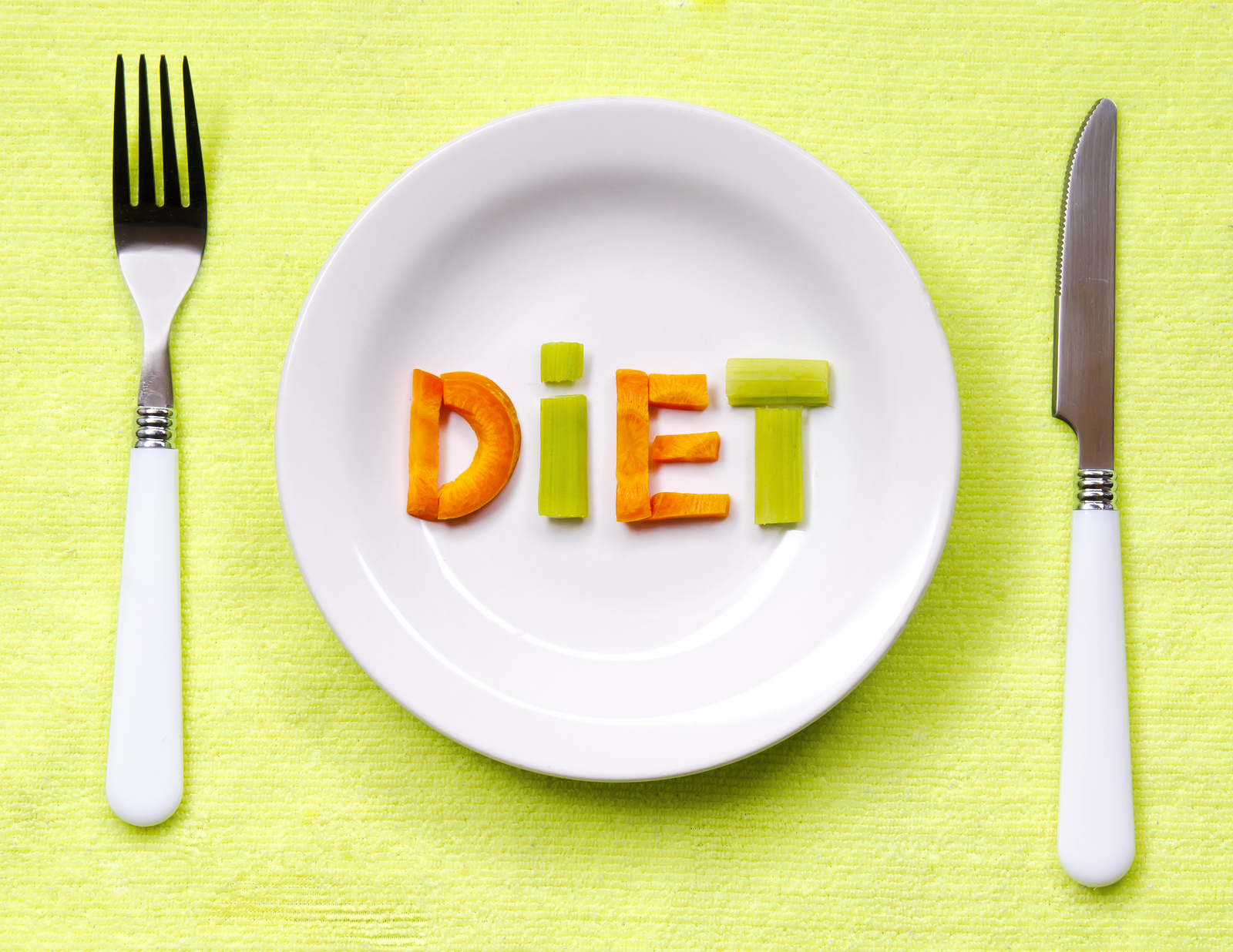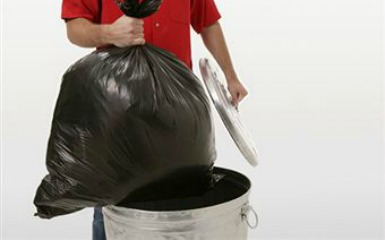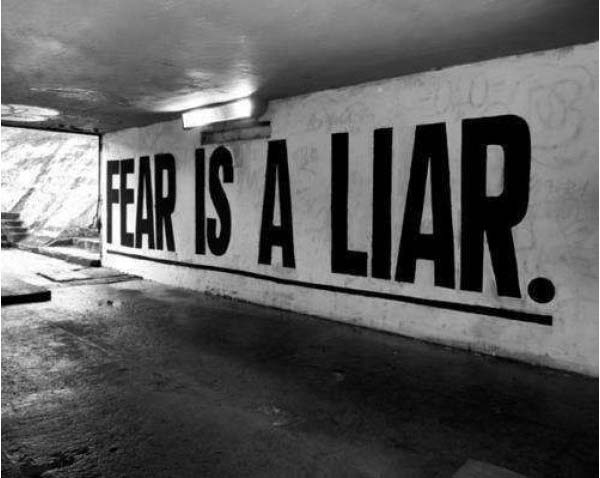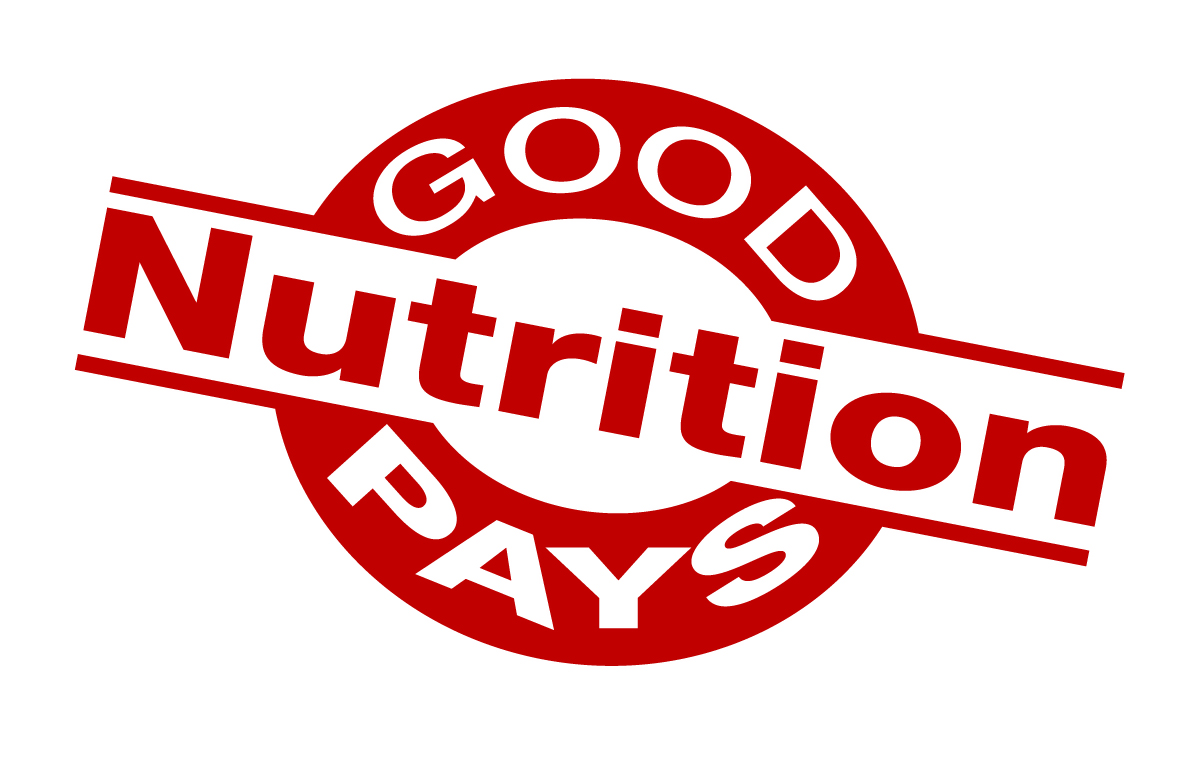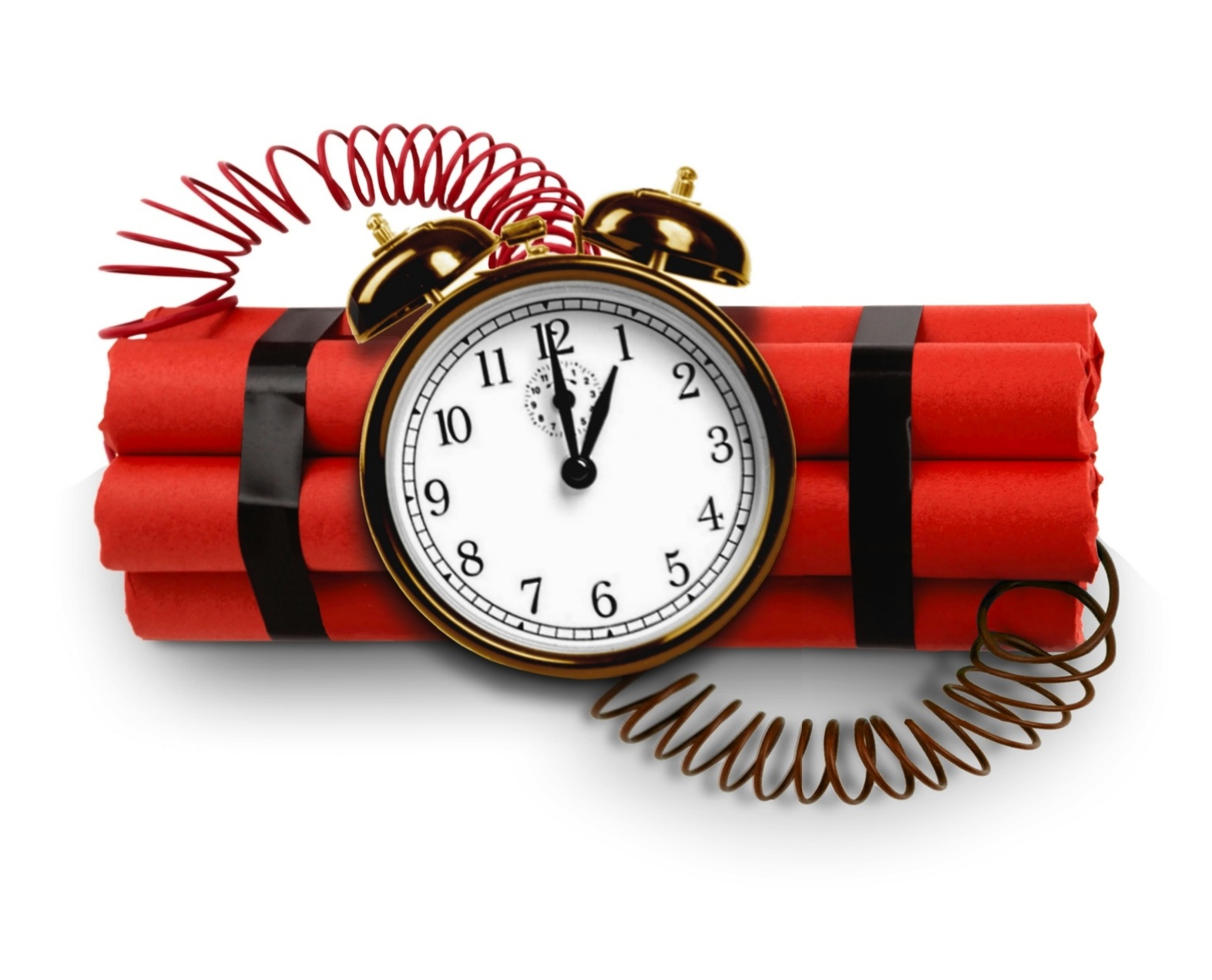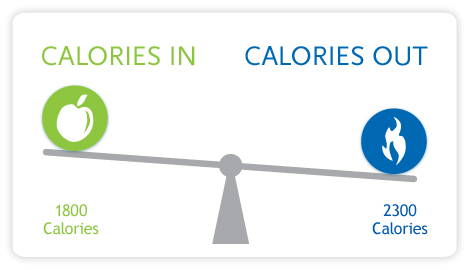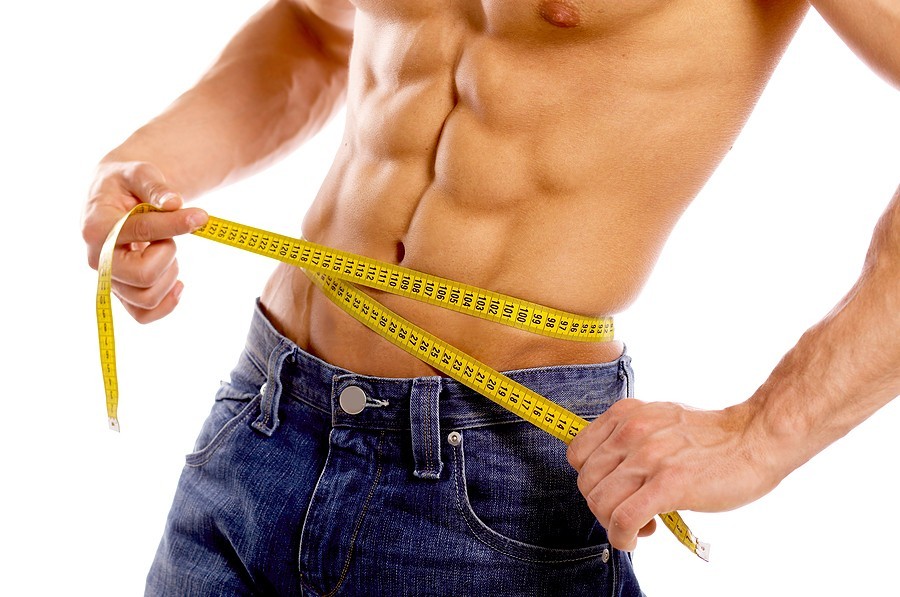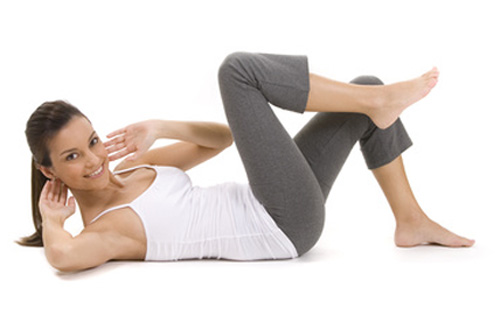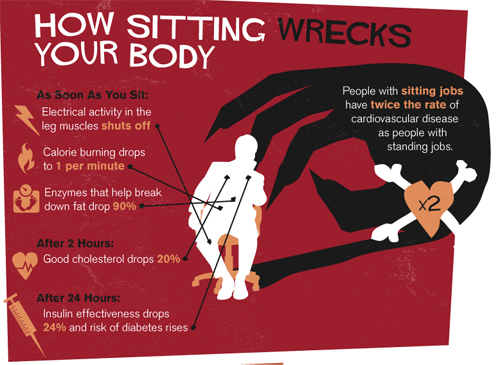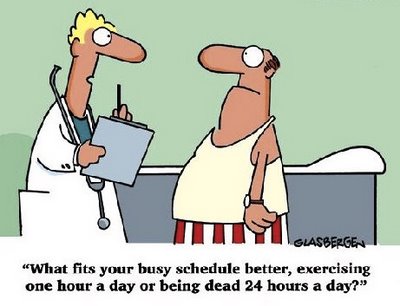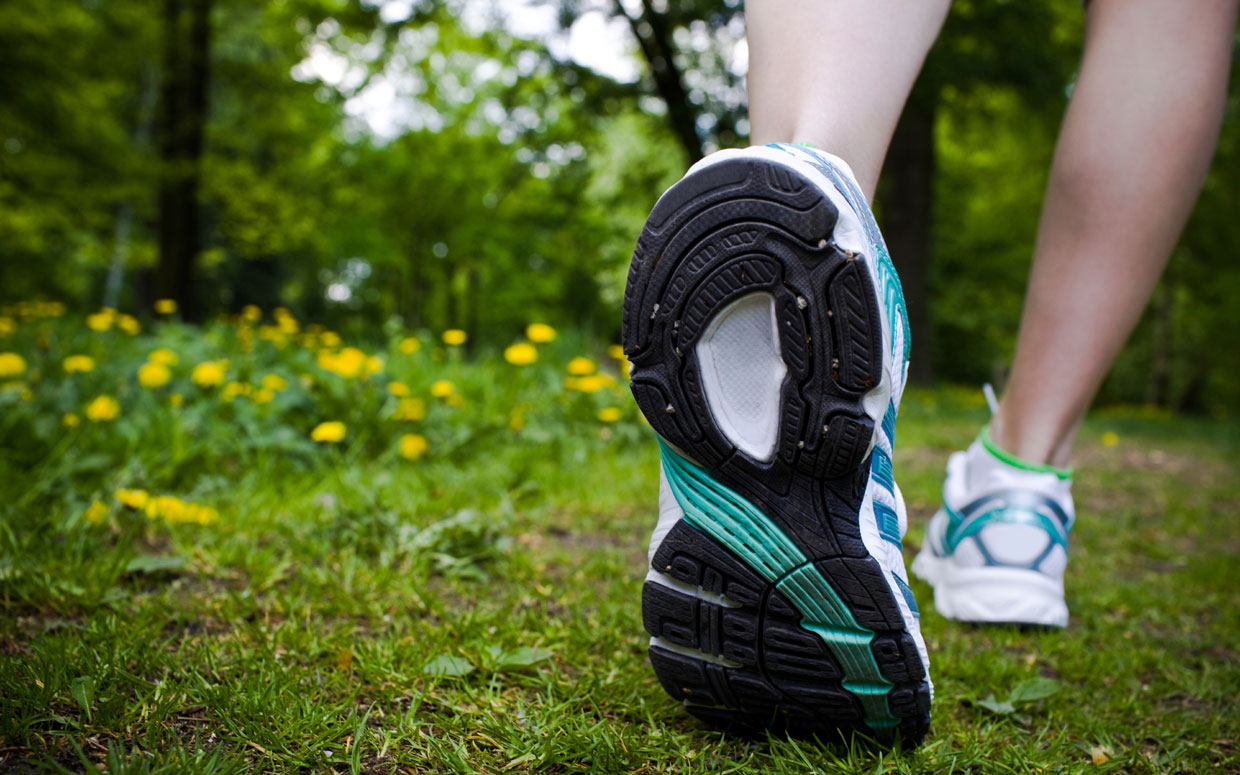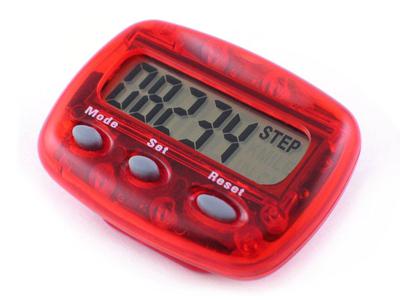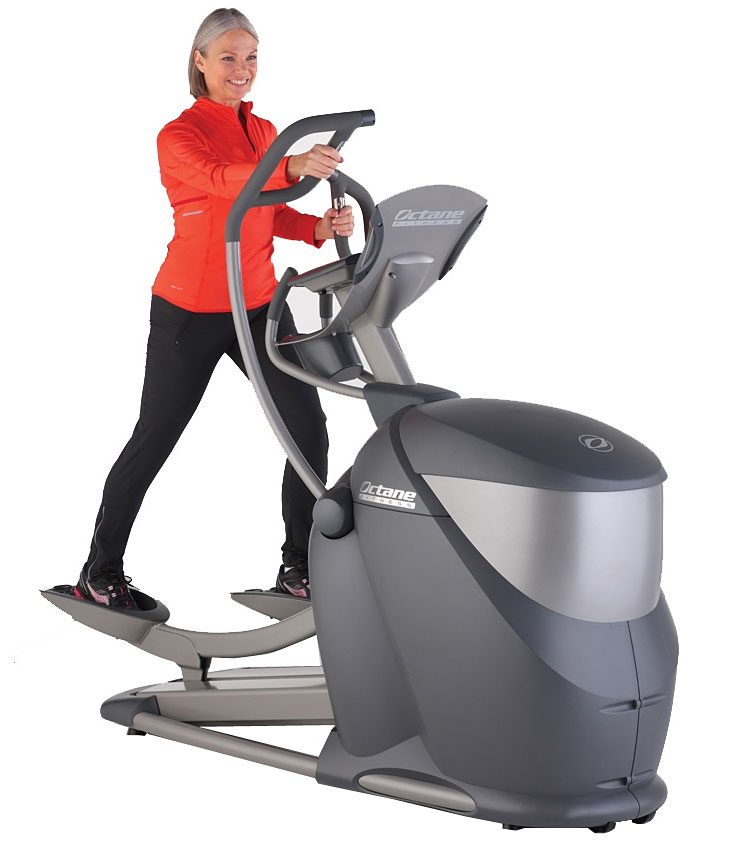Okay, so you’ve got rhythm. Congratulations!
I hope you put Darren’s Rhythm Register to good use and have found it as valuable as I have. Link back to last week here.
This week I want to talk about feedback, and the incredible value it offers each of us.
What do I mean by feedback? Well, it could mean a number of things. It’s most likely a reaction to something that you do or say; or don’t do or don’t say. It’s like knowledge or advice. But it may not always come from someone else. It may be something you discover on your own.
Feedback can be:
- Given, received from others, or discovered on your own.
- Verbal or non-verbal.
- Solicited or unsolicited.
- Positive, negative, constructive, or destructive.
Here’s how Dictionary.com defines it:
a reaction or response to a particular process or activity; helpful information or criticism that is given to someone to say what can be done to improve a performance, product, etc.
I believe that obtaining valuable feedback comes down to 4 things:
- Being present in the moment so you’re ready to realize it and accept it.
- Asking great questions, of ourselves and others.
- Listening.
- Learning from and acting on that feedback.
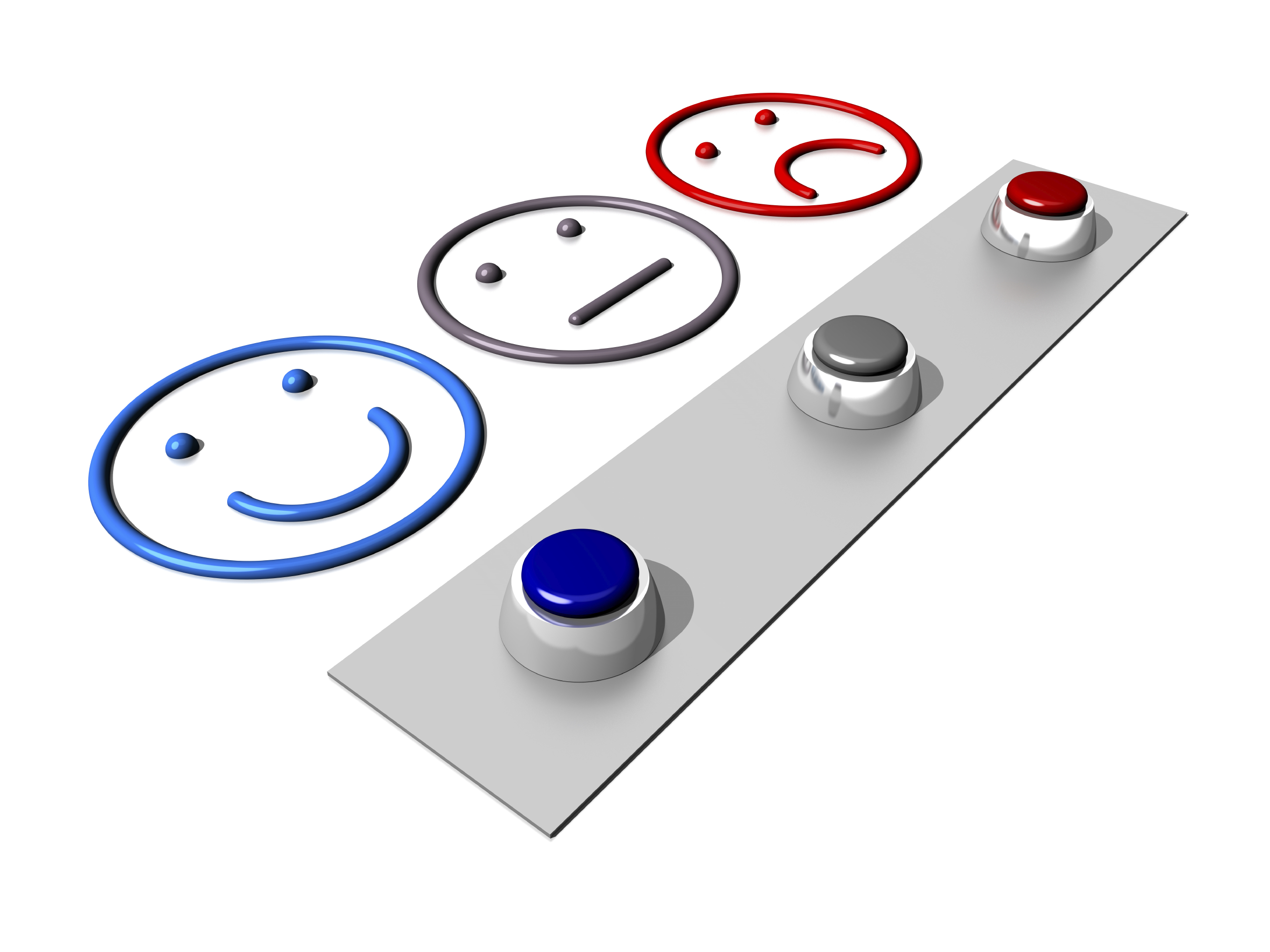 As I was preparing this, I started brainstorming to get clearer about this concept of feedback. Here are a few of my thoughts:
As I was preparing this, I started brainstorming to get clearer about this concept of feedback. Here are a few of my thoughts:
- Interpreting feedback requires us to be present in the moment.
- We get feedback from many things that we do. But we may not always recognize it if we’re not looking or listening for it.
- Sometimes we need to slow down or quiet our mind to recognize the feedback. Sorry but multi-tasking or trolling social media doesn’t help. It rarely does!
- Feedback is a great correction for when we find ourselves “off-track”.
- I view mistakes as feedback. Although we don’t intentionally go out of our way to make mistakes, when they happen, we need to welcome the lessons learned and value that feedback so we can learn and grow.
- If you’re in a sales or leadership position, you have the opportunity to gain valuable feedback all the time as you help and influence others.
- When you want to experiment with or test a new idea, feedback helps to confirm, clarify, or refine that idea.
So how does feedback tie into health & wellness? Here are a few personal examples:
- If I eat too much, I feel uncomfortably full. That feedback of being uncomfortable reminds me eat to 80% full more often. And satisfy my hunger, but still feel great afterwards.
- I weigh myself in the morning and use that as a form of feedback. Mainly to assess the prior day. Like what I ate, my activity level, and the calories I burned during exercise. Not to be hypersensitive about an increase or decrease in weight. Simply to learn from what I’m doing and how it affects or impacts me the next day. But especially over time.
- If I am over-tired, or feeling extra pain in the morning, I’ve learned to listen to my body and take the day off from exercise.
- We also get feedback over longer periods of time from the results we get from our exercise and nutrition. And yes, a lack of results would also count as feedback. For example, is that new strength training routine helping you accomplish visible results? Are the results more intrinsic where you’re beginning to feel better? Or extrinsic? Perhaps measured by compliments you’re receiving from others?
It all comes down to getting to know ourselves better. And as we learn more, we grow and improve more. You can’t manage what you can’t see…
Can you hear the feedback over all of the ‘noise’ in your life?
Thank you for sharing your time with me. I’d love for you to let me know what you think by leaving a comment. Is the content valuable and helpful? Did anything resonate? Will you take action? What else would you like to see in future posts? I welcome your feedback!
If you know someone that can benefit from this content, please share it with them. And if you like what you see, you can SUBSCRIBE for automatic updates, LIKE US on Facebook, and spread the word about www.thin2win.net with your friends, family and social circles.



